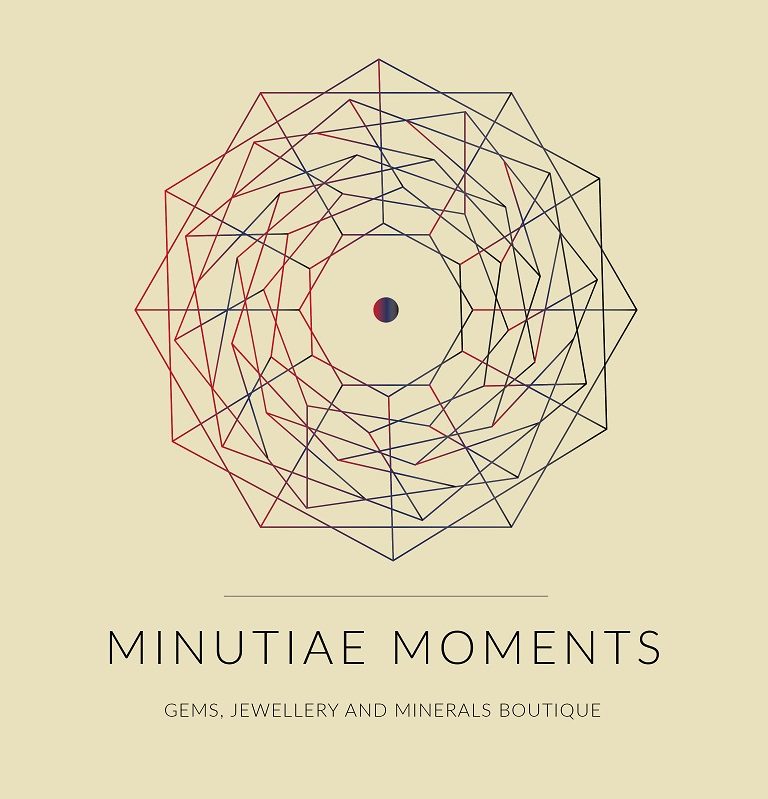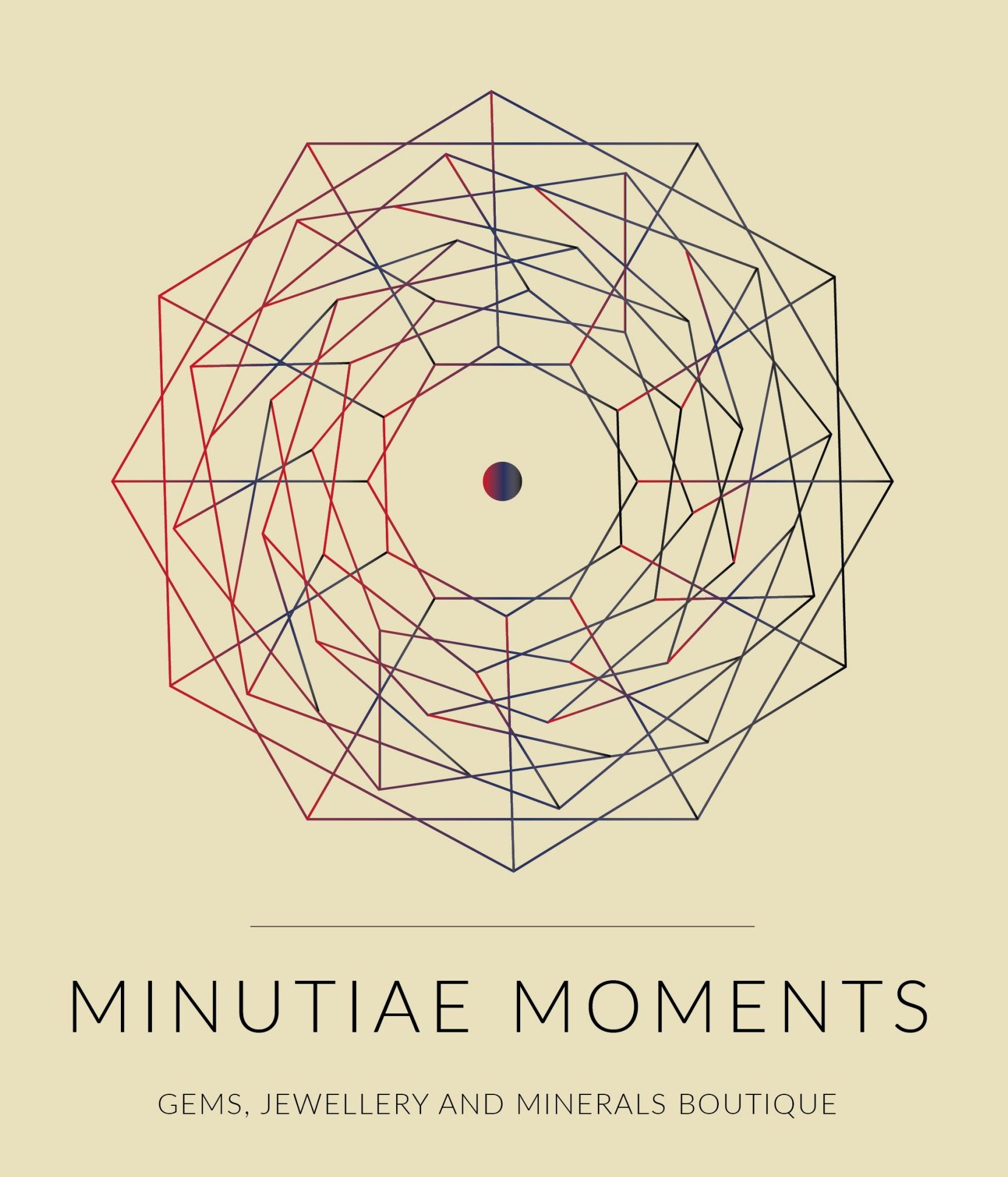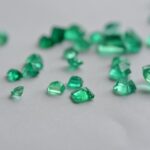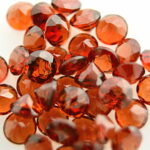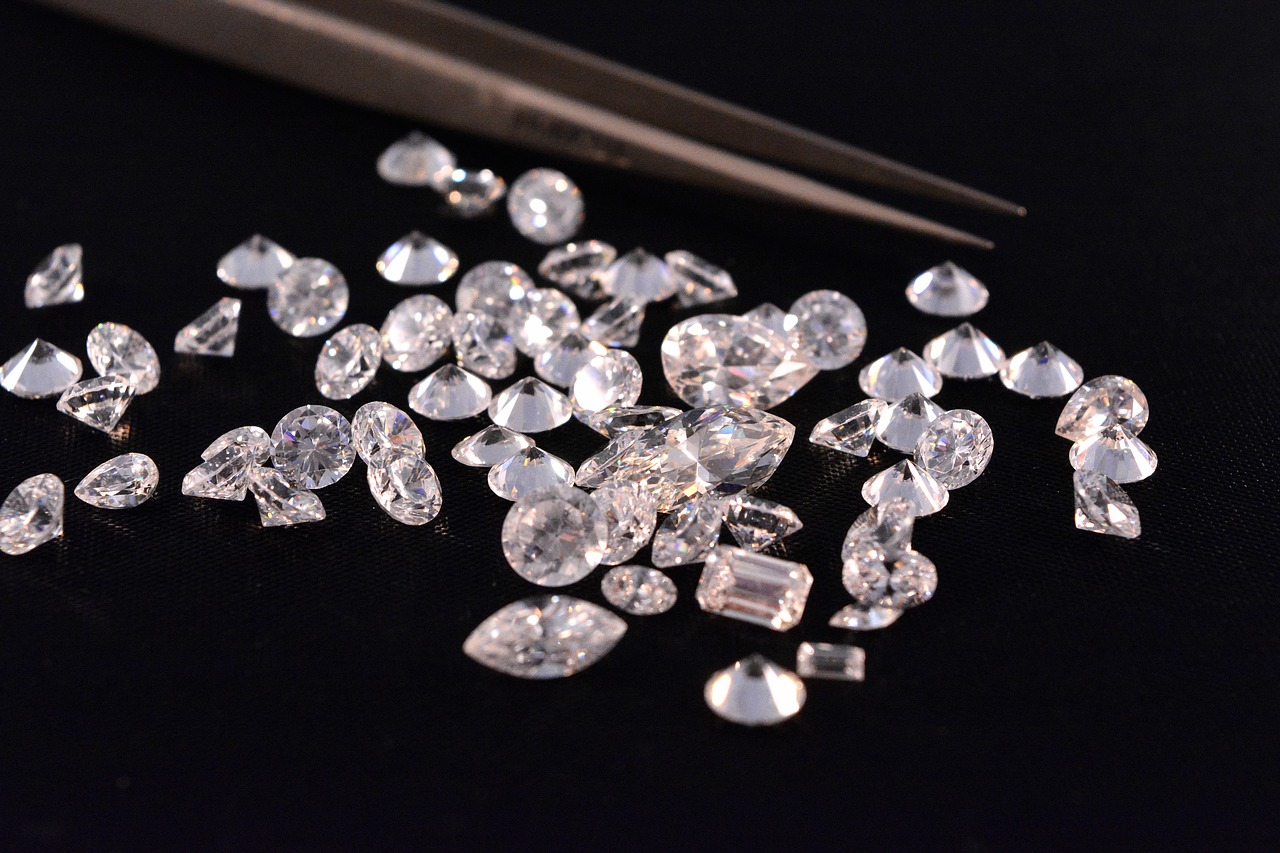
Lab Created Diamonds vs Natural Diamonds
If you are a diamond fan, you may have heard about lab created diamonds. As lab created diamonds are comparatively very low in prices, knowing how to differentiate the two definitely helps to make a better purchase if you want to buy natural diamonds. Therefore, I thought it is better to do a comparison of lab created diamonds vs natural diamonds in order to find out the similarities and differences.
Even though most people believe that synthetic or lab created diamonds are low in quality, it is not true. Technologogical advancements have enabled the creation of diamonds which exactly matches natural diamonds.
What Are Lab Created Diamonds?
Diamond is essentially a solid form of carbon. When carbon atoms are arranged in a specific crystal structure, diamond is made. This crystal structure is called diamond cubic. In recent years, scientists managed to successfully emulate the natural process of creation of diamond inside a laboratory under highly controlled conditions. Even though synthetic diamond was in use for sometime, those diamonds were not good enough to be used in jewelry.
There are two main methods of creating diamonds inside a lab. These methods are High Pressure, High Temperature (HPHT) method and Chemical Vapor Deposition (CVD) method. In terms of chemical composition, crystal structure, physical and optical properties, diamonds created using the above mentioned two methods are the same as natural diamonds. Since these diamonds gives the same luster as natural diamonds, those now used in jewelry, quite extensively. It is also said that many large lots of small diamonds contain lab created diamonds.
What Are Natural Diamonds?
Now that you know what lab created diamonds are, let’s also go through some important facts about natural diamonds as well. We all know that is one of the most valuable gemstones created inside the earth, but it is important to know some more details to put the topic of this article into context.
When pure carbon atoms are subjected to extremely high temperatures and pressures inside the Earth’s mantle for a couple of billions of years, natural diamond is made. Carbon for diamond comes from various organic materials and fluid which are found deep inside earth.
Most diamonds have ages between 1 to 3.5 billion years and formed between 150 to 250 kilometers (93 to 155 miles). Few stones have been found which formed as deep as 800 kilometers (500 miles). Volcanic eruptions which happens over millions of years, brings these diamonds to the surface.
Lab Created Diamonds vs Natural Diamonds
Although lab created diamonds and natural diamonds looks the same and share same properties, there are certain difference which leads to differentiating the two. Let’s do a lab created diamonds vs natural diamonds comparison to understand the differences better.
Inclusions
Observing the inclusions under a microscope is a good way to start the process of identifying natural diamonds. A trained eye is needed here to see the subtle differences. As explained above, even though both diamond types looks the same, the creation process of the two diamonds are worlds apart. These differences in the creation process are clearly visible in the inclusions.
Some natural diamond inclusions are termed as bearding, feather, cloud, cavity, crystal, graining, needle, knot, etc. (These inclusions will be explained in detail in another article). The differences of trace elements present during the formation and the volcanic eruptions faced by diamonds are responsible for these differences in inclusions. Even though matching chemical, optical, physical and all other properties of diamond is possible under controlled conditions, there is no way to create these natural inclusions in lab created diamonds.
Lab created diamonds made using the HPHT method are made in a molten metal solution. Therefore, these diamonds contain metallic inclusions in the form of solidified flux metal. But diamond produced using the CVD method do not contain these metallic inclusions. Some natural diamonds contain inclusions caused by graphite or other minerals. But these inclusions do not have the metallic luster.
Coloration
Uneven coloration can be seen in HPHT synthetic diamonds with a transmitted light using the microscope. Color zoning patterns seen in HPHT diamonds are not seen in natural diamonds.
Diamonds made using the CVD method also does not show any uneven coloration.
Polarizing
Natural diamonds show a crosshatched or mosaic pattern when viewed between two polarizing filters placed at a 90 degree angle. The reason for this effect is the stress diamond incurred either when it was deep under the earth or during the volcanic explosion.
Since the lab created diamonds are grown under uniform pressure and do not go through such stresses, those do not display such patterns under polarizing filters. Some lab created diamonds can exhibit a weak banded strain pattern.
Fluorescence
Synthetic diamonds demonstrate fluorescence which is another way of identifying those. Fluorescence is stronger under a short-wave ultraviolet lamp than under a long-wave lamp. Patterns displayed by these diamonds are distinctive.
HPHT diamonds show a cross shaped fluorescence on the crown o pavilion. CVD diamonds may show a striated pattern when viewed through the pavilion facets. Green, yellow-green, yellow, orange, or red colors are the typical fluorescence colors.
Synthetic sapphires may also continue to show phosphorescence for about one minute or more after switching off the ultraviolet lamp.
Final Thoughts
The lab created diamonds vs natural diamonds comparison described above was intended to give you a basic understanding on the differences of the two types of diamonds. The methods described on distinguishing the two are mostly for information purpose only as you cannot use most methods without appropriate equipment and a trained gemologist.
However, knowing basic information about these two diamond types, similarities and differences, you are better equipped to make a better purchase.
For example, if you are going to buy diamond jewelry, you have all the rights to know whether the diamonds you are buying are lab created or natural. If they claim the diamonds are natural, you can ask for proof, especially in the case of expensive diamonds and jewelry.
p.s.
You might also like
The 4 C’S For A Diamond – Assessing The Quality
The Best Place to Buy Diamond Engagement Rings Online -Top 5
